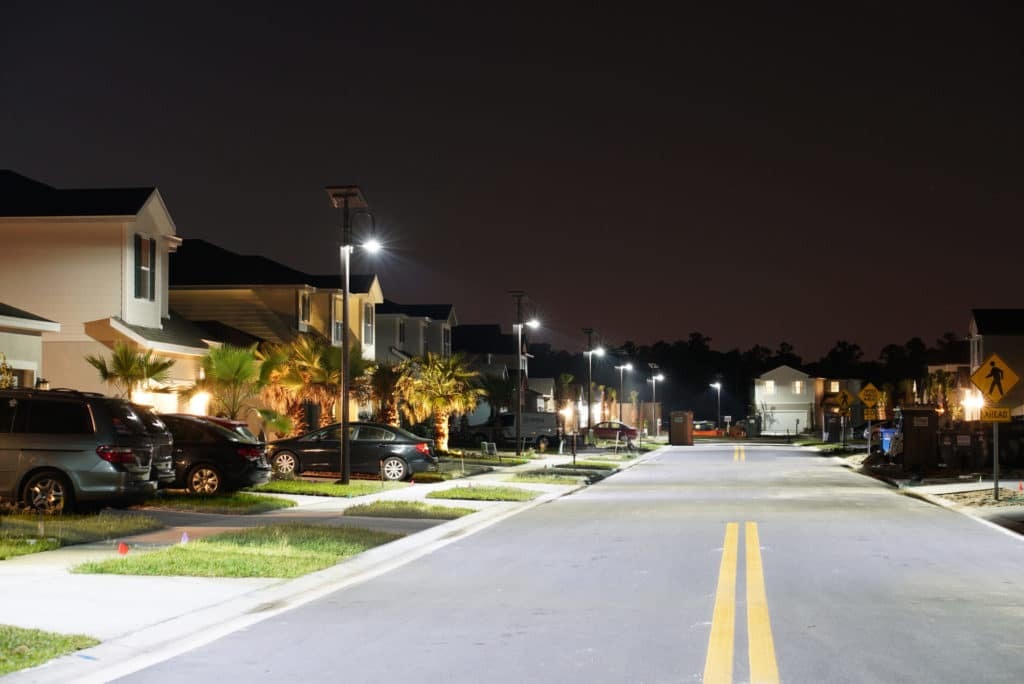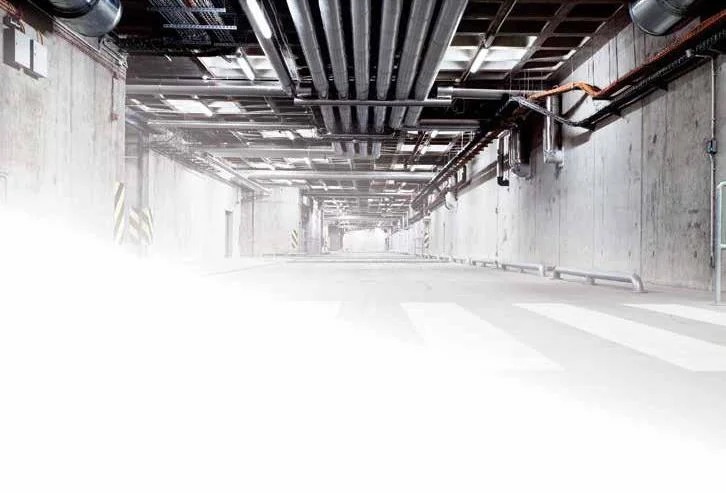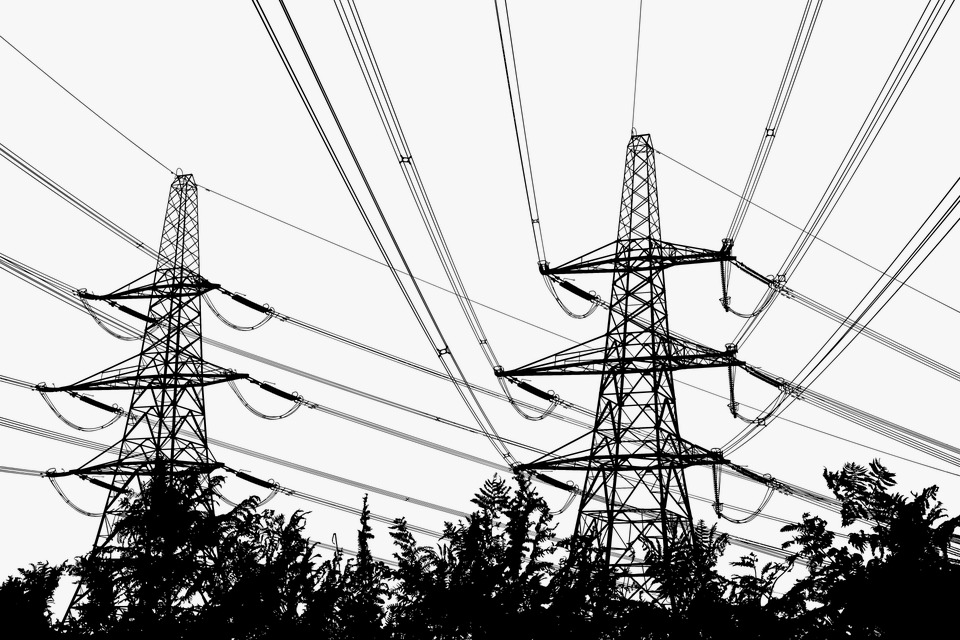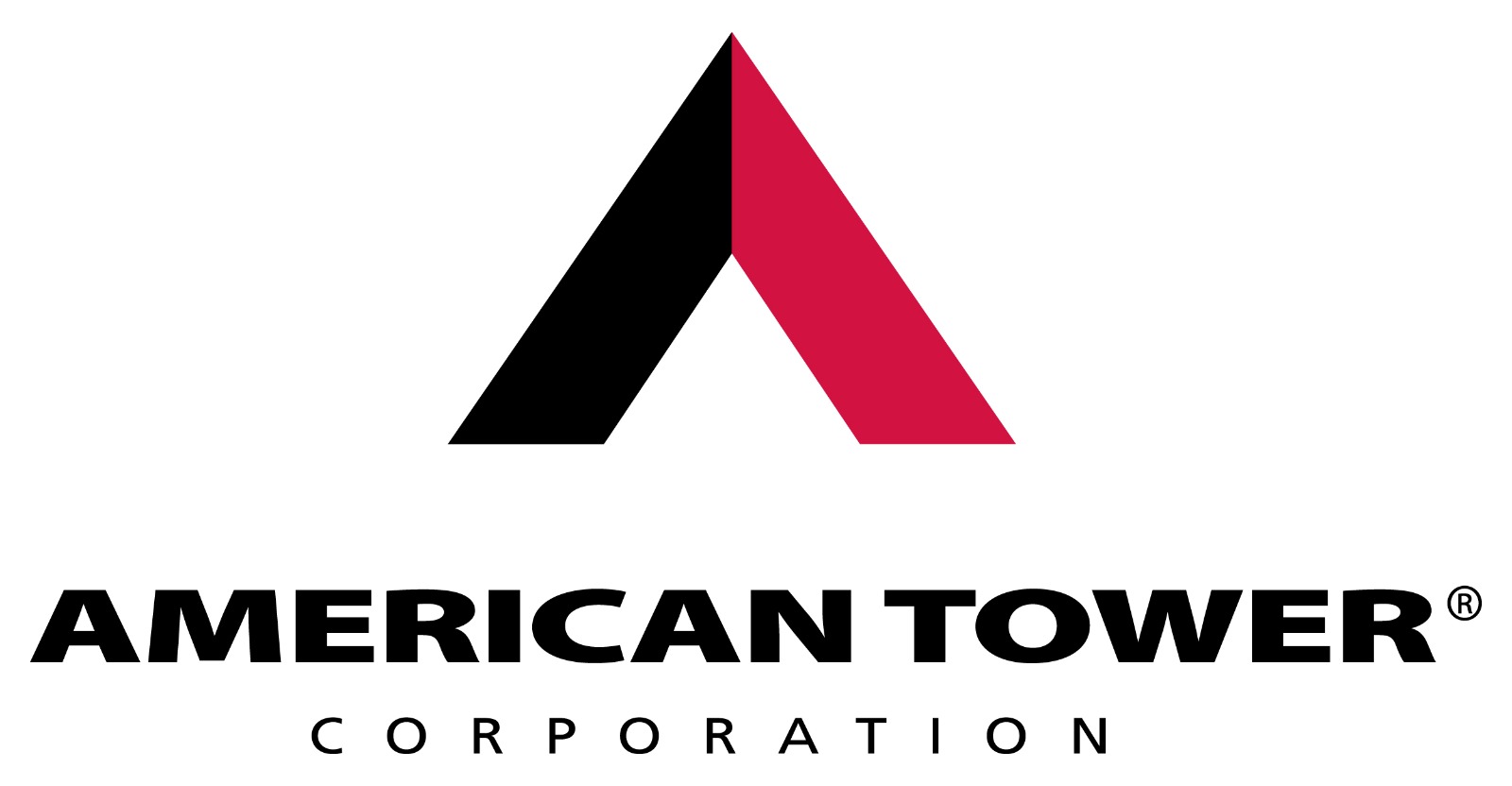- 02269710803 call us
- info@tejasgroup.co.in Mail us
Electrification Solution
What We do ?
Intelligent Transport System
An Intelligent Transport System (ITS) is a collection of technologies, strategies, and applications designed to improve the efficiency, safety, and sustainability of transportation networks. ITS leverages information and communication technologies to manage and optimize traffic flow, enhance transportation infrastructure, and provide real-time information to travelers. Here are key components and features of an ITS:
Traffic Management and Control:
ITS uses real-time data from various sources, such as traffic sensors, cameras, and GPS devices, to monitor and manage traffic flow.
Traffic signal coordination, variable message signs, and dynamic lane control systems help optimize traffic patterns and reduce congestion.
Advanced Traffic Information:
Traffic Signals
ITS provides up-to-date traffic information to travelers through smartphone apps, websites, and roadside displays.
This information includes traffic conditions, road closures, accidents, and alternate route suggestions.
Electronic Toll Collection (ETC):
ETC systems use RFID technology or license plate recognition to enable seamless toll collection on highways and bridges, reducing congestion at toll booths.
Public Transportation Management:
ITS supports the efficient operation of public transit systems by providing real-time information on bus and train arrivals, schedules, and service disruptions.
Smart card payment systems simplify fare collection and pa
ssenger boarding.
Connected Vehicles (V2X Communication):
Vehicles equipped with communication technology can exchange data with each other and with roadside infrastructure.
Vehicle-to-vehicle (V2V) and vehicle-to-infrastructure (V2I) communication enhance safety and enable features like collision avoidance and traffic signal prioritization for emergency vehicles.
Traffic Incident Management:
ITS helps coordinate rapid responses to traffic incidents, such as accidents and road debris.
Emergency services, tow trucks, and road crews can be dispatched more efficiently to clear roadways.
Parking Management:
Smart parking systems provide real-time information on available parking spaces, reducing the time and fuel wasted in search of parking.
Mobile apps and electronic payment methods enhance the parking experience.
Fleet Management:
ITS solutions assist commercial vehicle operators in optimizing routes, monitoring driver behavior, and managing maintenance schedules.
These systems help improve fleet efficiency and reduce operating costs.
Environmental Sustainability:
ITS can reduce emissions and improve air quality by optimizing traffic flow, promoting eco-friendly transportation modes, and encouraging ridesharing.
Dynamic speed limits and eco-routing provide fuel-saving options.
Emergency and Evacuation Management:
In the event of emergencies or disasters, ITS aids in managing evacuation routes, prioritizing emergency vehicle access, and providing timely information to the public.
Traffic Data Analysis:
ITS generates a wealth of traffic data that can be analyzed to identify trends, plan infrastructure improvements, and optimize transportation policies.
Cybersecurity and Privacy:
Protecting the data and communication networks within an ITS is crucial to prevent cyberattacks and safeguard traveler privacy.
Intelligent Transport Systems play a pivotal role in addressing urban congestion, reducing traffic accidents, improving transportation efficiency, and promoting sustainable mobility options. Their continued development and implementation are vital for addressing the evolving challenges of modern transportation.

Traffic Signals
Traffic signals, also known as traffic lights or stoplights, are an essential part of modern traffic management and road safety systems. They control the flow of traffic at intersections and pedestrian crosswalks to ensure the safe and efficient movement of vehicles and pedestrians. Here are the key aspects of traffic signals:
Intersection Design and Planning:
Determine the need for traffic signals at specific intersections based on factors such as traffic volume, accident history, and pedestrian activity.
Collaborate with traffic engineers and urban planners to design intersections that accommodate traffic signals effectively.
Signal Phasing and Timing:
Set up signal phasing and timing plans to regulate the sequence of green, yellow, and red lights for different directions of traffic.
Adjust the timing to optimize traffic flow during various times of the day or in response to changing traffic patterns.
Signal Components:
Install the necessary signal components, including red, yellow, and green signal lights for each direction of traffic, pedestrian signals, countdown timers, and crosswalk buttons.
Incorporate sensors, cameras, or loop detectors to detect the presence of vehicles and pedestrians and adjust signal timings accordingly.
Safety Features:
Include features like left-turn signals, protected green arrows, and flashing red lights for specific situations to enhance safety.
Install reflective materials and signal backplates to improve visibility, especially during inclement weather or low-light conditions.
Traffic Signal Controllers:
Use signal controllers to manage and synchronize traffic signals at multiple intersections within a traffic network.
Implement adaptive traffic signal systems that adjust signal timings in real-time based on traffic conditions.
Pedestrian Crosswalks:
Provide pedestrian signals and crosswalk markings to facilitate safe pedestrian crossings.
Incorporate audible signals for visually impaired pedestrians.
Emergency Preemption:
Integrate emergency vehicle preemption systems that give priority to emergency vehicles, allowing them to change traffic signals to green as needed.
Maintenance and Inspection:
Establish a maintenance schedule to inspect and maintain traffic signal equipment regularly.
Address issues such as burned-out bulbs, damaged signal heads, or malfunctioning components promptly to ensure proper operation.
Energy Efficiency:
Replace traditional incandescent signal bulbs with energy-efficient LED lights, reducing energy consumption and maintenance costs.
Use solar-powered or low-energy consumption signals where appropriate.
Traffic Management and Data Collection:
Implement traffic management systems that collect and analyze traffic data to optimize signal timings and respond to traffic congestion.
Use data from traffic signals for traffic modeling and urban planning.
Emergency Backup Power:
Ensure that traffic signals have backup power sources, such as uninterruptible power supplies (UPS) or generators, to maintain operation during power outages.
Testing and Calibration:
Regularly test and calibrate signal timing equipment to ensure that traffic signals operate as intended.
Conduct periodic traffic signal synchronization studies to improve traffic flow and reduce congestion.
Traffic signals play a crucial role in managing traffic flow, reducing accidents, and improving overall road safety. Well-designed and properly maintained traffic signal systems contribute to efficient transportation networks and safer roadways.

Public Street Lightning
Public street lighting is a crucial component of urban and suburban infrastructure that provides illumination along roads, sidewalks, and public spaces. Street lighting enhances safety, visibility, and aesthetics in public areas, and it plays a significant role in city planning and energy efficiency. Here are the key aspects of public street lighting:
Design and Planning:
Conduct a lighting assessment to determine the lighting needs of the area, considering factors like road type, traffic volume, pedestrian activity, and safety requirements.
Design an appropriate lighting scheme, which may involve varying light levels and fixture types based on the specific location and purpose.
Light Fixture Selection:
Choose energy-efficient light fixtures, such as LED (Light Emitting Diode) lights, which are more cost-effective and environmentally friendly than traditional options like high-pressure sodium or incandescent bulbs.
Select fixtures that provide the desired light distribution and color temperature for optimal visibility and aesthetics.
Lighting Standards and Regulations:
Ensure that street lighting installations comply with local lighting standards and regulations, including light pollution control measures.
Adhere to energy efficiency standards and sustainability guidelines.
Energy Management and Control:
Implement smart lighting systems with dimming capabilities and remote control to adjust lighting levels based on the time of day or traffic patterns.
Use motion sensors and photocells to detect movement and ambient light levels, respectively, to optimize energy use.
Power Source:
Determine the power source for street lighting, which can be grid-connected or based on renewable energy sources like solar panels or wind turbines.
Consider energy storage options for uninterrupted lighting during power outages.
Installation and Maintenance:
Install light fixtures on utility poles or dedicated lighting structures at specified heights and spacing.
Establish a regular maintenance schedule to inspect, clean, and repair fixtures, ensuring they remain in good working condition.
Safety and Security:
Design lighting schemes that enhance safety for pedestrians, cyclists, and drivers.
Incorporate fixtures with glare reduction and uniform light distribution to minimize dark spots and shadows.
Cost Management:
Develop a budget for street lighting projects that includes installation costs, ongoing maintenance expenses, and energy consumption costs.
Consider energy-efficient technologies and financing options to reduce long-term operational costs.
Environmental Considerations:
Opt for eco-friendly lighting options that reduce carbon emissions and light pollution.
Implement sustainable practices for disposal and recycling of old fixtures and components.
Community Engagement:
Seek input from local residents and businesses to address concerns and preferences regarding street lighting aesthetics, intensity, and placement.
Communicate the benefits of energy-efficient street lighting to the community.
Public street lighting is an essential element of urban infrastructure that contributes to the safety, functionality, and overall quality of life in cities and towns. Well-planned and efficiently managed street lighting systems can enhance visibility, reduce energy consumption, and minimize light pollution while creating inviting and safe public spaces.

Fiber Optic Work
Fiber optic work involves the installation, maintenance, and management of fiber optic communication networks. Fiber optic cables use light signals to transmit data, offering high-speed and reliable data transmission for various applications, including telecommunications, internet connectivity, and data transfer. Here are the key aspects of fiber optic work:
Planning and Design:
Conduct a thorough needs assessment to determine the requirements of the fiber optic network, such as data capacity, distance, and geographic coverage.
Create a network design that includes the route, topology, and placement of fiber optic cables and associated equipment.
Obtain necessary permits and rights-of-way for laying fiber optic cables.
Material Procurement:
Source high-quality fiber optic cables, connectors, splicing equipment, and other necessary components.
Ensure that all materials meet industry standards and specifications.
Cable Installation:
Excavate trenches or use existing conduits to lay fiber optic cables underground or install them overhead on utility poles.
Place cables carefully to prevent damage, kinking, or bending beyond specified limits.
Splicing and Termination:
Splice or connect fiber optic cables using fusion splicing or mechanical connectors.
Terminate cables with connectors to interface with equipment or other cable segments.
Testing and Commissioning:
Conduct optical loss and reflectance tests to ensure signal quality and identify any cable faults or losses.
Commission the network, including configuring routers, switches, and other network equipment.
Maintenance and Repairs:
Establish a maintenance schedule for regular inspections, cleaning, and testing of fiber optic cables.
Respond promptly to faults, breaks, or signal degradation and perform repairs as needed.
Fiber Optic Network Management:
Implement network management systems to monitor the health and performance of the fiber optic network.
Use remote monitoring and analytics to detect and address issues proactively.
Safety Measures:
Train workers on proper fiber optic handling, installation, and safety procedures, including wearing appropriate personal protective equipment (PPE).
Implement safety protocols for working with fiber optic cables, especially in confined spaces or elevated locations.
Documentation and Record-Keeping:
Maintain accurate records of cable routes, splice locations, and network configurations.
Create fiber optic cable maps and documentation for future reference and troubleshooting.
Fiber Optic Network Expansion:
Plan for future network growth and expansion to accommodate increasing data demands.
Consider upgrades, such as higher-capacity cables or new network segments, as needed.
Community Engagement:
Engage with local communities, property owners, and regulatory authorities to address concerns, provide information, and ensure cooperation throughout the installation process.
Fiber optic work is critical in enabling high-speed internet access, reliable telecommunications, and data connectivity for businesses, homes, and industries. Proper installation, maintenance, and management of fiber optic networks are essential for ensuring seamless communication and data transmission.

Underground Electrical Reticulation
Underground electrical reticulation refers to the installation and management of underground electrical distribution systems. These systems are used to deliver electricity from substations to homes, businesses, and industries. Underground electrical reticulation offers several advantages over overhead systems, including aesthetics, reduced susceptibility to weather-related disruptions, and enhanced safety. Here are the key components and considerations in underground electrical reticulation:
Design and Planning:
Determine the electrical requirements of the area and plan the underground distribution network.
Conduct engineering studies to design the system, including cable sizing, route selection, and load calculations.
Obtain necessary permits and approvals from regulatory authorities.
Material Selection:
Choose appropriate materials for underground cables, conduits, junction boxes, and manholes.
Ensure all materials meet safety and quality standards.
Trenching and Excavation:
Excavate trenches along the designated route for cable placement.
Ensure proper depth and width of trenches to accommodate cables and provide adequate protection.
Cable Installation:
Lay electrical cables within the trenches. These cables are typically insulated and protected to prevent damage.
Install cable supports, such as cable trays or duct banks, as needed to organize and protect the cables.
Conduit Installation:
Place conduits or ducts within trenches to house the cables.
Conduits protect the cables from physical damage and facilitate future maintenance or upgrades.
Manhole and Vault Construction:
Construct manholes and vaults at specific intervals along the route to provide access for maintenance and cable splicing.
These structures also house important electrical equipment and protect cables from moisture and damage.
Cable Terminations and Splicing:
Connect cables to transformers, switchgear, and other electrical equipment using appropriate terminations and splicing techniques.
Conduct cable testing to ensure proper connections and electrical integrity.
Safety Measures:
Implement safety protocols for workers, including proper trenching procedures, ventilation, and confined space entry precautions.
Erect barriers and signage to ensure public safety around construction areas.
Testing and Commissioning:
Perform insulation resistance tests, continuity checks, and fault location tests to verify the integrity of the underground system.
Commission the underground distribution system to connect it to the electrical grid.
Maintenance and Inspection:
Develop a maintenance schedule for regular inspections, cable testing, and preventive maintenance to ensure system reliability.
Address issues like cable faults, leaks, or equipment failures promptly.
Environmental Impact Mitigation:
Minimize environmental impact through proper disposal of excavated materials and restoration of disturbed areas.
Comply with environmental regulations and obtain necessary permits for sensitive areas.
Community Engagement:
Engage with local communities and property owners to address concerns, provide information, and ensure cooperation throughout the construction process.
Underground electrical reticulation offers advantages in terms of aesthetics, reliability, and safety, but it is typically more expensive and time-consuming to install and maintain compared to overhead systems. However, it is often chosen in densely populated urban areas or areas where aesthetics and environmental impact are critical considerations.

Overhead Power Line Construction
Overhead power line construction involves the design, installation, and maintenance of electrical transmission and distribution lines that are positioned above ground, typically on utility poles or towers. These power lines are used to transmit electricity from power generation facilities to substations and then distribute it to homes, businesses, and industries. Here are the key steps and considerations in overhead power line construction:
Project Planning and Design:
Determine the electrical requirements of the area and the route for the power lines.
Conduct engineering studies to design the transmission and distribution system.
Obtain necessary permits and approvals from regulatory authorities and landowners.
Material Procurement:
Source the necessary materials, including conductors, insulators, utility poles, and towers.
Ensure that all materials meet quality and safety standards.
Site Preparation:
Clear the construction site and prepare foundations for utility poles or towers.
Establish access roads and work areas for construction equipment.
Foundation Installation:
Install foundations for utility poles or towers, which provide stability and support for the power lines.
Foundations can be made of concrete, steel, or other materials, depending on the design and soil conditions.
Pole or Tower Erection:
Set up utility poles or towers along the designated route, ensuring they are properly spaced and anchored.
Attach insulators and other hardware to the poles or towers.
Conductor Installation:
String electrical conductors between the poles or towers.
Install overhead ground wires and any necessary optical ground wires for communication purposes.
Insulator and Hardware Attachment:
Attach insulators, crossarms, and other hardware to support the conductors and maintain proper electrical insulation.
Transformer and Substation Installation:
Install transformers and substations along the route to step down voltage and distribute electricity locally.
Testing and Commissioning:
Conduct tests to ensure the electrical integrity and safety of the power line.
Commission the power line to connect it to the electrical grid.
Safety Measures:
Implement safety protocols and protective equipment for workers, especially when working with live electrical lines.
Erect warning signs and barriers to prevent public access to construction areas.
Environmental Impact Mitigation:
Minimize environmental impact through erosion control measures and restoration of disturbed areas.
Follow environmental regulations and obtain necessary permits for sensitive areas.
Maintenance and Inspection:
Develop a maintenance schedule for regular inspections, repairs, and vegetation management to prevent outages and ensure safety.
Conduct routine patrols to identify and address issues promptly.
Emergency Response Planning:
Develop contingency plans for responding to emergencies, such as storms, equipment failures, or accidents.
Train personnel in emergency response procedures.
Community Engagement:
Engage with local communities and landowners to address concerns, provide information, and ensure cooperation throughout the construction process.
Overhead power line construction is a complex and critical part of the electrical infrastructure that requires careful planning, engineering expertise, and adherence to safety standards and regulations. Proper construction and maintenance are essential to ensure the reliable and safe delivery of electricity to consumers.

Our Customers









